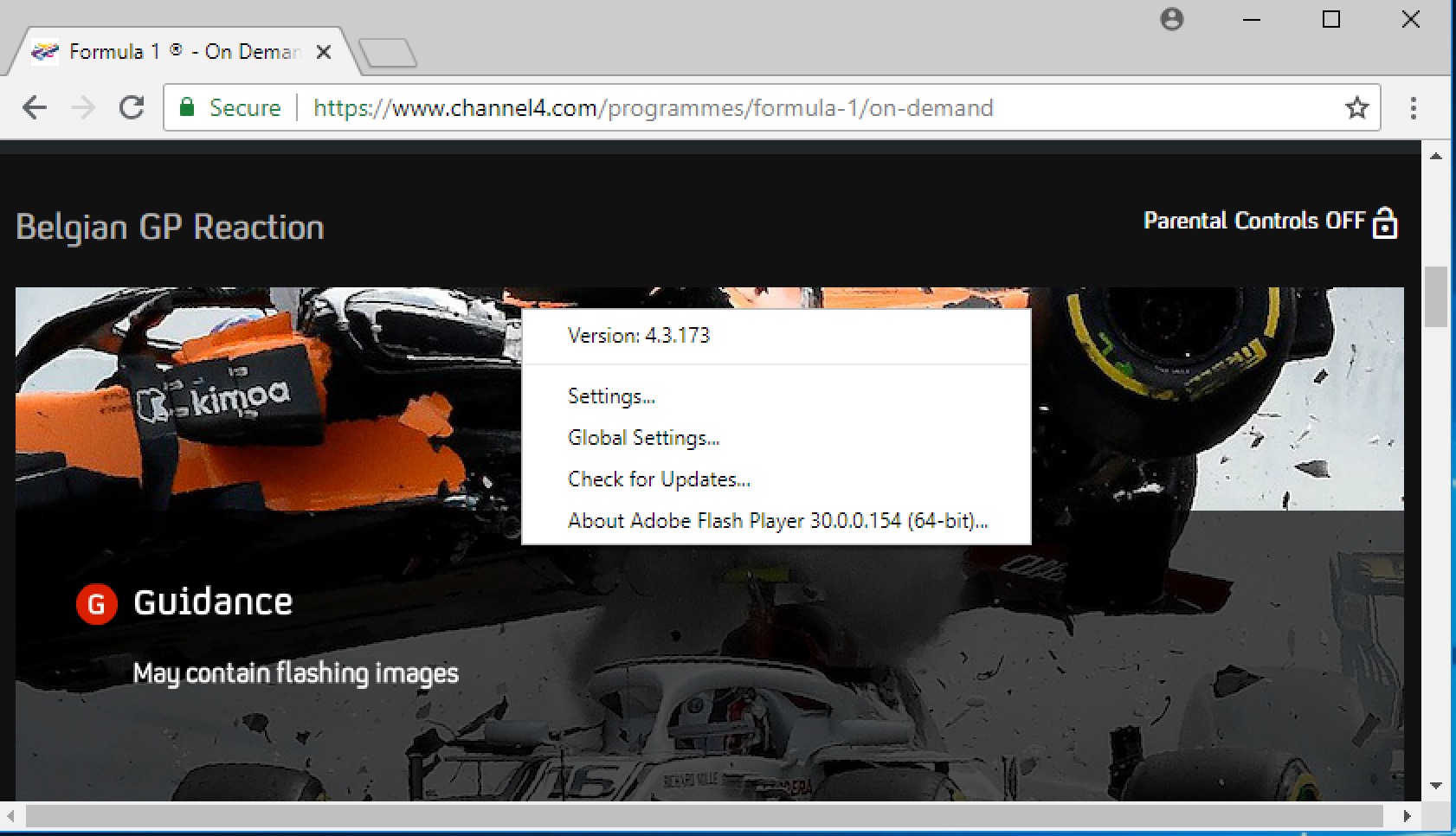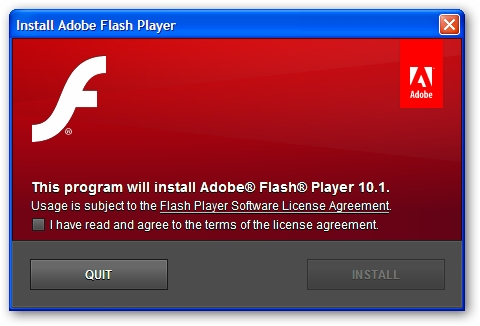Adobe Flash Player 11.8 For Google Chrome

- Free Adobe Flash Player For Google Chrome
- Install Flash Player For Google Chrome
- Adobe Flash Player For Chrome
This article applies to only managed versions of Chrome Browser. Chrome OS comes with Flash built-in, and Flash cannot be uninstalled on Chrome OS devices.Important note: Adobe ® has that Flash ® Player ® will be deprecated in December 2020. In Chrome 76 and later, Flash Player is turned off by default. Users can manually switch to ask first before running Flash, without impacting policy settings that you set for Flash. For details about shipped and upcoming changes, see the.We strongly encourage organizations to migrate to alternative solutions.By default, Chrome installs Adobe Flash Player in the background or the first time that a user encounters Flash content, and Chrome will continue to update Flash Player via the.For most organizations, we recommend you use the default settings.
However, some IT admins may want to manage their users’ Flash experience. Flash deployment recommendations for IT adminsYou have two options: Option 1: Allow Chrome to manage its version of Flash Player (recommended)Keep the Chrome Component Updater enabled (default). In Windows Group Policy Editor, set =true. Warning: Do not disable the Component Updater using the policy without deploying the Flash MSI to your users.
If you do this, Flash will fall out of date (as no updates will be installed from Google if Component Updater is disabled). This could leave Flash open to potential bugs and security issues. If Flash falls too far out of date, Chrome may block the outdated plugin.To verify what version of Flash Player is running on Chrome (for both Options 1 & 2 above) - go to chrome://version to see what version is installed. Note that if the update is delivered by the component updater (Option 1) a restart is needed for Linux and Chrome OS (not for Windows or macOS). If updating using the Adobe Flash Player MSI (Option 2), restarting Chrome for all platforms is necessary. Manage Flash by policyYou can manage how Flash playback happens using the policy as well as.

If these policies are not configured, Chrome will require users to activate Flash for each site that requires Flash that they visit.Starting with Chrome 62: To minimize user impact and retain Flash functionality, you can whitelist internal and trusted sites that your users regularly access or and to allow Flash to play automatically. However, this is generally not recommended for security reasons.Note: You should whitelist specific URLs by using PluginsAllowedForUrls as opposed to the broader wild card mentioned above. This whitelists certain URLs to automatically run Flash. You can enable internal Flash applications and sites that you trust by creating whitelists such as '.mycorp.com', 'play.spotify.com'. This blacklists certain URLs from accessing Flash content such as 'flashvideosite.com'.
Free Adobe Flash Player For Google Chrome
Note: The Chrome policies DefaultPluginsSetting, PluginsAllowedForUrls, and PluginsBlockedForUrls only affect the Flash plugin and not any other plugins.When DefaultPluginsSetting='3' ('Flash - Ask first') is selected, users may need to click on Flash content and Allow it to run for that site first. With this setting, your user may see 'Click here to Install Flash!'
Install Flash Player For Google Chrome
Have you heard about the new changes to the flash plugin? Read on: NPAPI support has endedIn the past, many plugins were developed using an older system called NPAPI. Today fewer sites are using NPAPI plugins and they can sometimes cause security risks on websites.To make browsing with Chrome safer, faster, and more stable, we’re. Which plugins are supportedPlugins that use a newer, more secure system called Pepper API (PPAPI) will continue to work, including those that come with Chrome, like Adobe Flash and PDF Viewer. If Flash or PDF doesn’t automatically load, make sure that you have the PPAPI plugin version enabled in Chrome (see below).Plugins that use NPAPI, including Silverlight, Java, and Unity, won’t work How to enable PPAPI plugins. Open Chrome. In the address bar at the top, type chrome://plugins and press Enter.

Adobe Flash Player For Chrome
Click Details. Scroll down to 'Adobe Flash Player.'
. Under 'Type: PPAPI,' click Enable. Restart your Chrome. Well folks, I see many requests about upgrading Adobe Flash Player BUT no responses from GoogleTV or Google, Inc., period. I guess they are too preoccupied with assisting the Chinese government in suppressing their citizens. There is ESPN3 for this college football season that is currently BLANK because GoogleTV cannot get their act together at update Adobe Flash Player to 10.3.xxxx.
Thanks Google for all your LACK of support.For all who are looking for a REAL solution to watching internet TV NOW and into the future without being held hostage by the likes of GoogleTV or Google, Inc., look into Mctivia which is a wireless Mac/PC player, making your HDTV a monitor for your computer.and, since both Mac and PC can update Adobe flash players when they offer upgrades you can stay current on your HDTV big screen, instead of sitting on GoogleTV waiting for the Titanic to arrive in New York harbor. Have you heard about the new changes to the flash plugin? Read on: NPAPI support has endedIn the past, many plugins were developed using an older system called NPAPI. Today fewer sites are using NPAPI plugins and they can sometimes cause security risks on websites.To make browsing with Chrome safer, faster, and more stable, we’re. Which plugins are supportedPlugins that use a newer, more secure system called Pepper API (PPAPI) will continue to work, including those that come with Chrome, like Adobe Flash and PDF Viewer.
If Flash or PDF doesn’t automatically load, make sure that you have the PPAPI plugin version enabled in Chrome (see below).Plugins that use NPAPI, including Silverlight, Java, and Unity, won’t work How to enable PPAPI plugins. Open Chrome. In the address bar at the top, type chrome://plugins and press Enter.
Click Details. Scroll down to 'Adobe Flash Player.' . Under 'Type: PPAPI,' click Enable. Restart your Chrome.